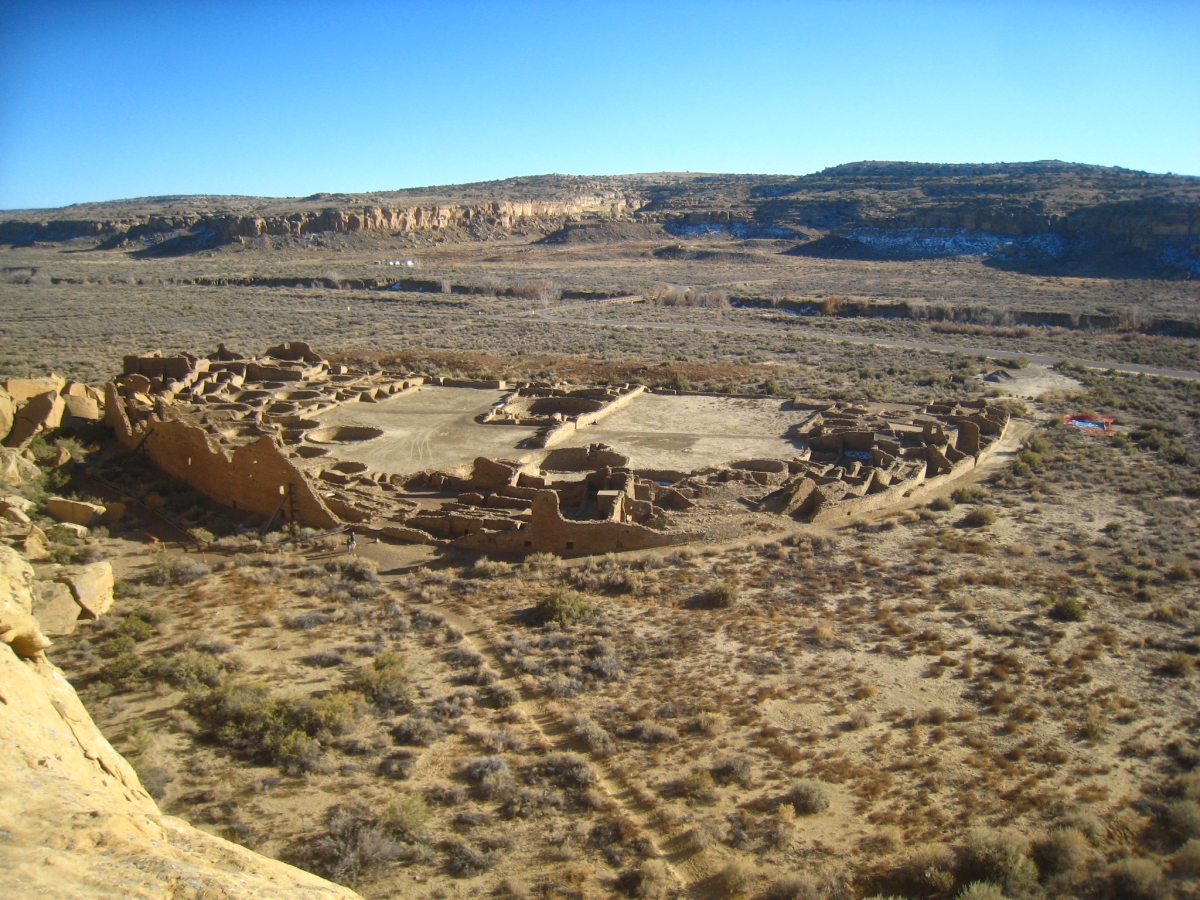
Ancient Puebloan Great House May Be Controlled By Maternal Line for Over 300 Years
You must be thinking the concept of ‘Women Empowerment’ to be a modern concept. But the belief is somehow false, as a team of international researchers have come up with the evidence about women, ruling the ancient era that dates back nearly three centuries.
An international team of biological anthropologists and archaeologists, by drawing upon a combination of DNA analysis and radiocarbon dating, has revealed that the ancient Puebloan great house – which was constructed between 850 and 1150 at Pueblo Bonito in Chaco Canyon, New Mexico, was controlled by the maternal dynasty for more than 300 years.
During a previous research, the team of archaeologists discovered the wealthiest entombment in the U.S. Southwest -: the body of a 40-year-old man, encircled by exceptional bullets, a conch trumpet, and more than 11,000 turquoise beads and pendants, laying deep inside the 650-room Chaco Canyon areas, in New Mexico.
In the room 33 in Pueblo Bonito, the researchers found a burial basement surrounded by a 650 room pueblo, which is believed to date between 800 and 1130 CE. It has 14 graves, and this leads the researchers towards the exploration of the most enchanting fact – Ancient Ancient Puebloan Great House might have a female-based politics and monarchy, which later passed to her daughter or sons. After conducting the DNA analysis and radiocarbon dating, they found nine out of 14 burials to share common mitochondrial DNA, which means all of them might be related to the same maternal line,
As the detected burials have no written records, researchers since long have puzzled about the configuration of the multifaceted, 1000-year-old Chacoan society. But now, after examining the old DNA, collected from the detected bones of the man and 13 others buried bones alongside the rich man, the research team has come up with a surprising conclusion – the status of ruling over the society may have passed via the motherly line – from mother to their sons and daughters.
The complete research paper, with the details of exploration and conclusion, is published in Nature Communications, on February 21, 2017. However, irrespective of the new findings, Chaco society and its societal organisation remains poorly understood by the scientists and more research are required to decipher the enigma of the ancient society completely, said archaeologist Kerriann Marden of Eastern New Mexico University in Portales, who is also the lead author of the study.


